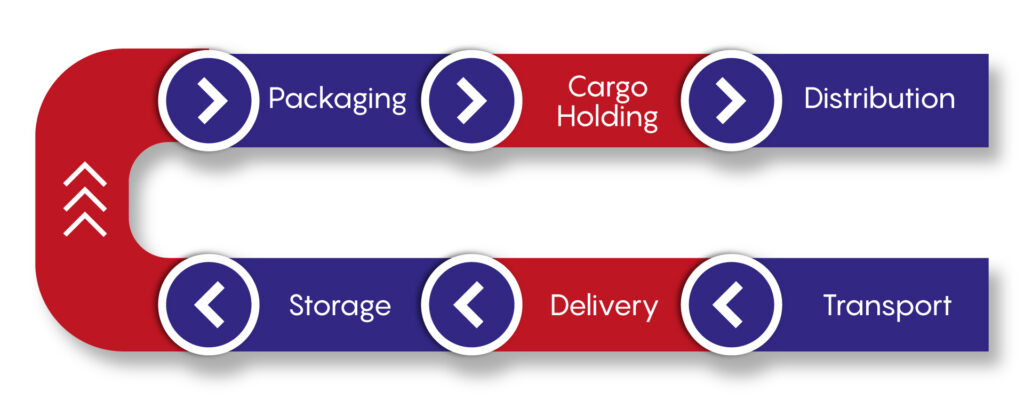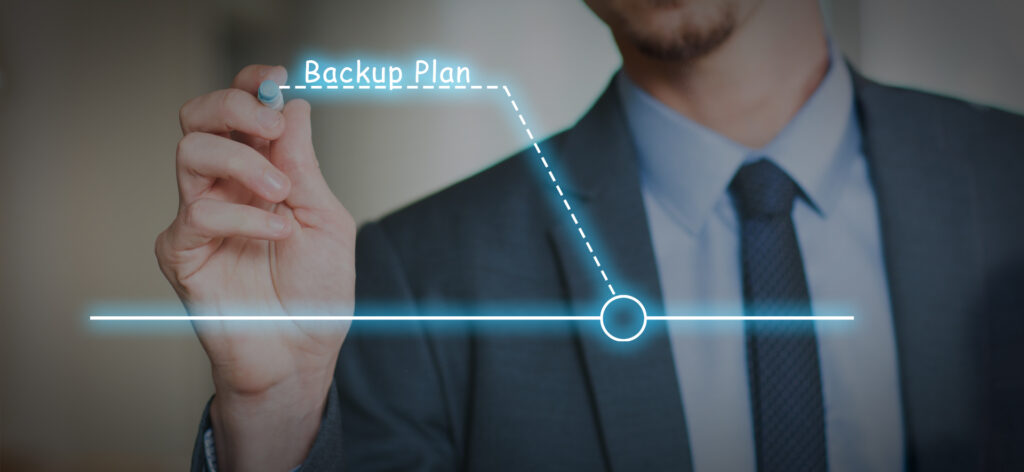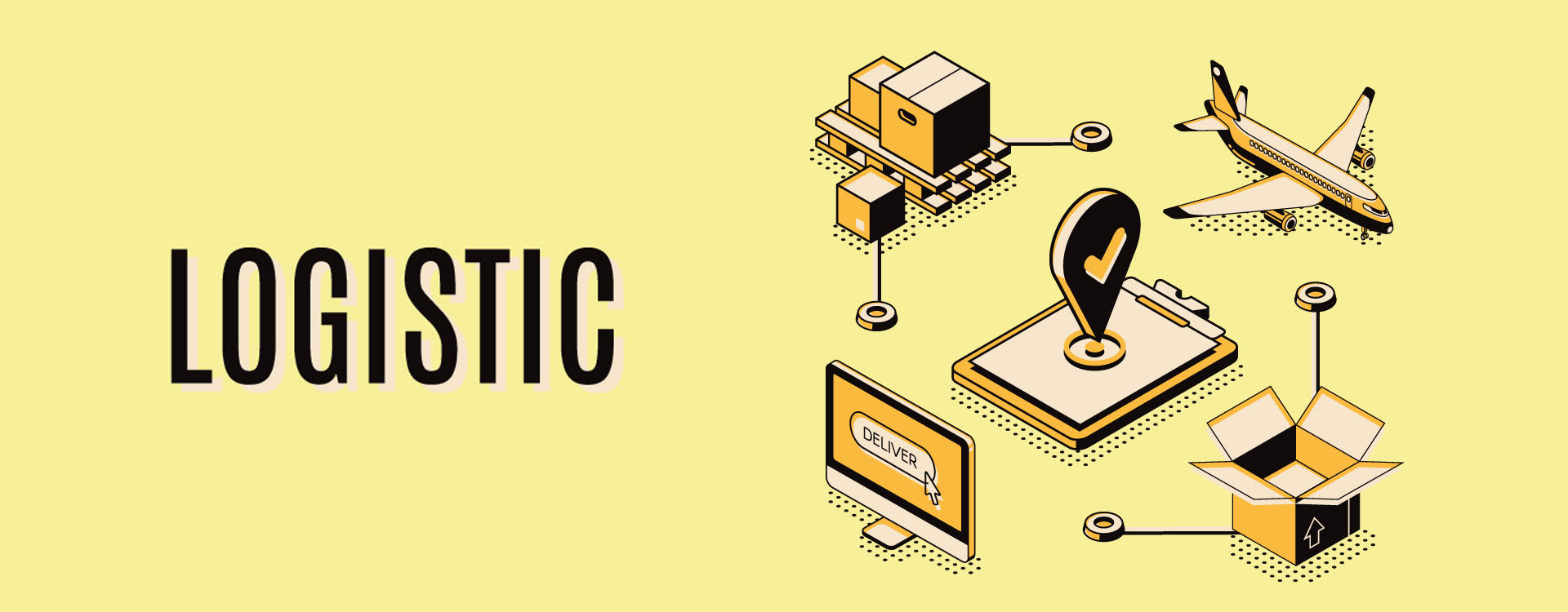A business is nothing but an idea unless you give it a concrete shape by turning raw materials into finished products which will bring value to customers. But to do that, you must acquire and move the raw materials needed to your office, workshop or factory floor. Similarly, all finished products must be sent out for sales and distribution. The way you move the material and the information needed for your business and the way finished goods are moved to reach end users are known as logistics.
In brief, logistics is the movement of goods, services, data and other tangible and intangible assets across the entire chain of supply of a business. It involves all processes and stages to get goods/services/deliverables moving, from sourcing to production to sales. In ‘The Handbook of Technology Management’, author Hossein Bidgoli, a professor of Management Information Systems at the California State University, has nicely summed it up as the 7 R’s of logistics – the right item in the right quantity at the right time at the right place for the right price in the right condition to the right customer.
It may sound like a straightforward definition, but things tend to get a bit more complex than that. So, it is best to keep the 7 R’s as a set of rough guidelines when you set up your logistics network. Remember, it is not just about getting products or services from point A to point B. It is about making sure that it is transported efficiently enough that it reduces both time and costs involved. The core concept is minimal wastage and maximum operational efficiency.
‘‘
In order to run the business you need to be able to deliver products and services to the customer. You cannot very well do that if you do not have the right logistic support.

Logistics Is Not Distribution
Logistics is the area of the supply chain that is concerned with the physical flow of products and goods, as well as non-physical elements such as planning, implementation, organising, mapping and upscaling where needed.
It will vary from organisation to organisation but the general premise remains the same for any logistics activities. The non-physical flow is pretty self-explanatory. The physical elements however are a little more intricate. Let us take a look at the different types of logistics:
Procurement: This encompasses all the logistics needed for procuring goods and raw materials for manufacturing from the external suppliers and vendors. It falls under upstream logistics which is just a broad term that means, the process is located at the start of the production cycle. It is basically sourcing. This area did not receive much attention in the past, but nowadays it is key for sourcing cost reduction by companies. What that means is, just keep an eye on how much you order and get the most cost-effective way to transport it. It will keep the cost of production relatively low throughout the production process.
Production: In this phase, acquired materials move within the various production units of a business and stay within its boundaries. It includes how items are manufactured, packaged, distributed and moved to factories where they are refined, shipped and then stored in warehouses. This comes under the internal stage of the logistics network.
Distribution and sales: Historically, logistics at this point referred to the transportation of goods and services from warehouses or storage, but that has changed. Now it refers to all the equipment and transportation needed to deliver these goods and services to the end-user from warehouses and production units of the company. This comes under the downstream stage of the logistics chain. The logistics of distribution and sales, is not to be confused with the distribution process. Logistics encompasses many different aspects of the movement of goods and services across the business, whereas the distribution process’s primary concern is with activities related to the sales of those goods and services to customers. In this context, distribution is a sales and delivery network that focuses on giving the end-user what they want, and logistics focuses on the ways in which the business can physically make that happen.
Recovery: This process refers to the movement of products that have been returned or recalled, back to the company through logistics channels. Hence the name, ‘recovery’ as the company is recovering the items. It is also known as reverse logistics as the items are moved in the opposite direction of the normal product flow. Recovery logistics can be segregated into five main activities:
- This includes recycling waste by-products
- Handling and overseeing customer returns
- To refurbish and repair
- Providing full-scale reverse logistics for recalls of faulty products. A good example of a recall is when Samsung had to recall all of its Note 7 units because of dangerous and faulty batteries.
All recovery logistics come as a cost to the company, especially if it is large-scale recalls like that of Samsung. Therefore, you need to budget for recovery logistics before setting up the network.
‘‘
Key tips for a better logistics management strategy are good to have but it is also important to customise those tips to best suit your specific needs, according to the industry.

Key Tips For Better Logistics Management
Planning is everything: Once the process gets going, it should not be interrupted because that could severely disrupt productivity and efficiency. The solution to this is to plan well in advance. A good way to go about planning is to turn the entire process into a flow chart and take a look at the budget for each of the stages before diving in.
Create a contingency backup: It is impossible to be ready for anything and everything, but a good contingency plan takes care of the most obvious things which could go wrong. The rule of thumb is to closely monitor the logistics chain at every stage and be ready to switch to plan B if the primary one fails.
Identify a specialist (logistics manager): Hire someone with great interpersonal skills to ensure effective communication across people and processes so that inter- and intra-company communication can happen. He/she should also have relevant contacts in case certain services are needed at a pinch.
Plug the loopholes: Just like all other business processes, your logistics infrastructure will be prone to mistakes and failures. In fact, it will be a case of trial and error. You will have to plug the loopholes as they come, refine the procedures and tweak the strategy accordingly to keep things going. Hold regular meetings, review and discuss the problems and get detailed feedback from everyone involved. The aim is to improve operational productivity and ensure that both employees and customers are satisfied. Keep in mind that both logistics and supply chain are intertwined, and as supply chain changes with the market, so will your logistics requirements.
That is to say, if your supply chain has to address a hike in demand for any product or service that you are providing, then there has to be an equally robust logistics network to help get the goods/services to the end-user.
Automate: As logistics involves so many different elements of the chain of supply, it needs to be closely monitored and well-managed. This is where logistic management software comes in. It is an integral cog in the giant machine that is logistics. It helps automate much of the coordination and management efforts by giving the business an easy way to curate, track and map out deadlines, deliveries and inventory.
At the end of the day, the goal is to have a flexible yet sturdy logistics strategy in place, so that your business can grow and succeed. Read our article on ‘supply chain management’ to hone your plan to a refined edge and outrun the competition.




